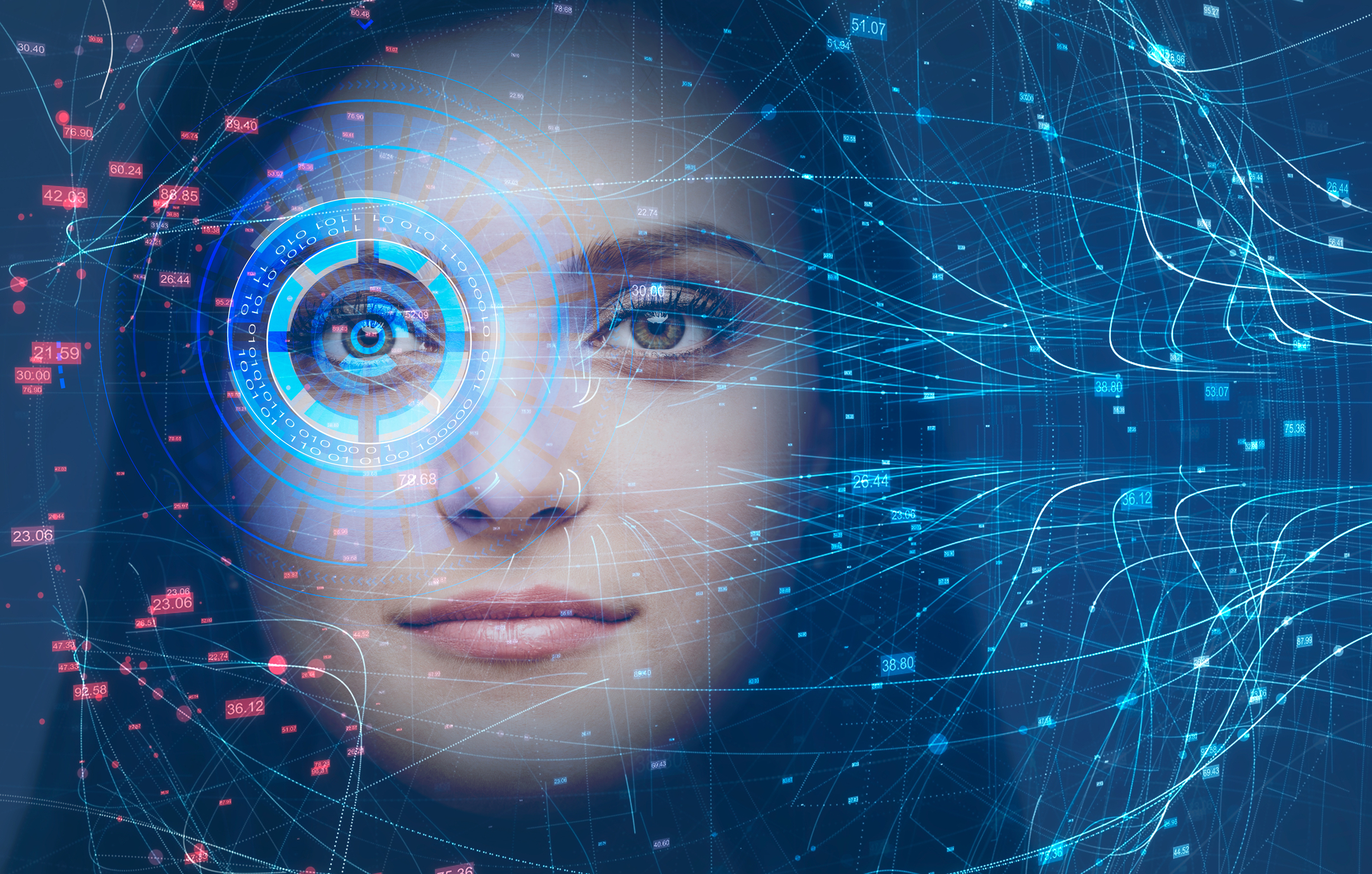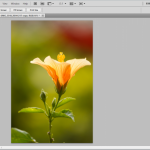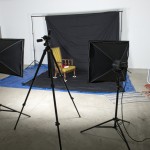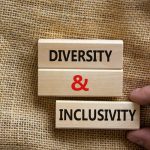Image: Megapixl.com
Introduction
Welcome to the fascinating world of stock photography, a realm where images can speak louder than words. But, as technology advances, so does the way we capture, use, and perceive these images. At the heart of this transformation is Artificial Intelligence (AI), a force that’s shaking up the stock photo industry in ways we’ve only begun to understand.
AI isn’t just a buzzword; it’s a revolution that’s bringing about significant changes. From automating the curation process to creating entirely new compositions, AI technologies are reshaping the landscape of stock photography. This evolution is sparking a mix of excitement and anxiety among photographers, users, and industry stakeholders alike.
In this blog, we will dive deep into how AI is revolutionizing stock photography. We’ll explore its implications for photographers who create these images and the users who rely on them for everything from marketing to personal projects. Strap in for an intriguing journey through the lens of AI’s impact on stock photography.
The Role of AI in Stock Photography
How AI is changing the stock photo industry
The world of stock photography is undergoing a significant transformation, thanks to the advent of artificial intelligence (AI). AI’s influence in this industry is profound, affecting everything from how photos are taken and edited, to how they are categorized and retrieved. Advanced algorithms can now analyze and sort images at a scale and speed unimaginable to a human operator, dramatically improving the efficiency of stock photo databases. Additionally, AI-driven tools are making photo editing more accessible and efficient, allowing for quick adjustments that previously would have taken much longer to accomplish manually. This means that stock photo platforms can offer a wider variety of high-quality images to their users, catering to more specific needs and preferences.
Advantages of AI in stock photography
The integration of AI into stock photography boasts numerous advantages that streamline operations and enhance user experience. Here are a few key benefits:
– Improved search functionality: AI algorithms can understand user queries in a nuanced way, making it easier to find the perfect image among millions.
– Better quality control: AI can automatically flag images that don’t meet certain quality standards, ensuring a consistently high-quality catalog.
– Personalized recommendations: Similar to how online retailers suggest products, AI can analyze users’ past behavior to recommend images that closely match their preferences and needs.
– Efficiency in photo editing: AI tools help automate routine editing tasks, such as cropping, adjusting lighting, and even removing objects, saving time for photographers and designers.
Implications for Photographers
Impact on photographers’ workflow
The introduction of AI into stock photography doesn’t just change the game for users and platforms; it has a profound impact on photographers as well. One of the most immediate effects is the streamlining of their workflow. With AI-assisted editing tools, photographers can achieve their desired outcome faster and with less manual effort. This technology can also help photographers with the more tedious aspects of their job, like keyword tagging and image categorization, making these tasks quicker and more accurate. However, this automation also means that photographers need to adapt their skills to stay relevant in an AI-enhanced industry, focusing on creative output and unique perspectives that can’t be replicated by algorithms.
Opportunities for photographers in an AI-driven industry
While some might view the rise of AI in stock photography with apprehension, it also opens up a plethora of opportunities for photographers willing to adapt. Here are a few:
– Niche specialization: AI’s ability to cater to specific needs means that there’s a growing demand for unique and specialized images, providing an avenue for photographers to focus on niche markets.
– Collaborative creativity: Photographers can leverage AI tools to push the boundaries of their creativity, using AI-driven insights to explore new subjects, styles, and techniques.
– Educational roles: As the industry evolves, there’s a need for experienced photographers to mentor newcomers on how to effectively integrate AI into their work, creating opportunities for teaching and consultancy roles.
In conclusion, the rise of AI in stock photography is not just a technological evolution; it’s a shift that affects all aspects of the industry. From the way images are created, edited, and categorized to how photographers approach their craft, AI is setting the stage for a new era in stock photography. Adapting to this new landscape presents challenges, but also countless opportunities for innovation and growth.
Implications for Users
Enhanced user experience with AI in stock photography
The world of stock photography is transitioning into a new era, thanks to artificial intelligence (AI). For users, this means a significantly enhanced experience browsing, selecting, and using stock images. AI technologies are making it easier for users to find exactly what they need amidst the millions of available photos. Through advanced search functionalities, users can now input detailed descriptions of the image they’re searching for, and AI algorithms will swiftly match their queries with relevant results. This precision reduces the time and effort users previously spent scrolling through pages of images. Moreover, AI-driven categorization and tagging of photos mean that users can discover a broader range of images that accurately fit their specific requirements, be it for a blog post, marketing material, or any creative project.
Customization options for users
Another fascinating development for users in the realm of AI-enhanced stock photography is the rise of customization options. Imagine a scenario where you find an image that’s almost perfect for your needs but not quite there. With AI, you can now tweak that image to better suit your project. These customizations can range from changing colors and lighting to adjusting the composition or even the emotions of people in the photograph. Some platforms leveraging AI technology even allow users to create images from scratch based on textual descriptions. This unprecedented level of customization enables users to produce unique and personalized visuals, drastically reducing the time and resources that would have otherwise gone into arranging a photoshoot to capture the desired image.
Ethical Considerations in AI-Generated Stock Photography
Issues surrounding copyright and ownership
As AI continues to reshape the landscape of stock photography, it brings to the fore complex issues regarding copyright and ownership. A pivotal question that arises is: Who owns an AI-generated image? Is it the creator of the original images that the AI learned from, the developers of the AI itself, or the end-user who generated the specific image? This dilemma complicates the traditional understanding of copyright in photography, posing challenges for photographers, users, and legal systems alike. Moreover, there’s the matter of ensuring that AI systems have been trained on legally sourced images, to begin with, to avoid infringing on existing copyrights. Navigating these concerns requires careful consideration and possibly new legal frameworks to fairly address the contributions of all involved parties.
Challenges of authenticity and manipulation
Another ethical quandary introduced by AI in stock photography is the issue of authenticity and manipulation. The ability of AI to alter or create lifelike images blurs the line between reality and fabrication. While this opens up incredible possibilities for creativity, it also raises concerns about the potential for misuse. Images could be manipulated to misrepresent facts, perpetrate fraud, or violate privacy. Moreover, it’s becoming increasingly difficult to discern AI-created images from those captured by humans, potentially devaluing the skill and effort of professional photographers. Ensuring ethical practices in the creation and use of AI-generated imagery thus becomes paramount, requiring a balance between embracing technological advances and upholding principles of truthfulness and integrity in visual representation.
The Future of Stock Photography with AI
The world of stock photography is experiencing a seismic shift, thanks to the advancements in artificial intelligence (AI). As AI continues to evolve, it’s not just changing the way photos are taken but also how they are marketed and distributed. Let’s explore the emerging trends and what the future might hold for this dynamic industry.
Emerging trends in AI technology for stock photography
Several notable trends are shaping the future of stock photography, thanks to AI. First, we’re seeing AI-driven platforms that can enhance photo quality, making images sharper, correcting lighting issues, and even changing the background with ease. This means that photographers can produce higher quality stock images faster and more efficiently.
Another trend is AI’s ability to tag and categorize images automatically. AI systems can now recognize the content of a photo and tag it with relevant keywords, making it much easier for users to find the exact type of image they need. This is a win-win for both photographers, who want their work to be easily discoverable, and for users seeking specific types of images.
AI is also starting to create stock photos from scratch. By inputting a few parameters, AI can generate images that meet specific requirements, which could potentially lower costs and time constraints associated with traditional photography. However, this raises questions about originality and copyright that are still being navigated.
Predictions for the future of the industry
Looking ahead, the integration of AI into stock photography shows no signs of slowing down. Here are a few predictions:
– We’ll likely see an increase in the quality and diversity of stock photos, as AI makes it easier to produce and edit images.
– AI-generated images could become more prevalent, possibly leading to lower costs for end-users but potentially also affecting the demand for traditional photographers’ work.
– Platforms that leverage AI for better searchability and customization of images will likely dominate, offering users a more seamless experience and photographers more exposure.
– The rise of AI in stock photography might also lead to new ethical and copyright considerations, as the line between human and machine-created content becomes increasingly blurred.
As we move forward, it’s clear that AI will play a pivotal role in shaping the future of stock photography. For photographers, embracing these changes and learning to work alongside AI could open up new opportunities. For users, the promise of higher quality, more diverse, and easily accessible stock images is an exciting prospect.
Conclusion
As we navigate through the rapidly changing landscape of stock photography influenced by artificial intelligence, it’s clear that AI is not only transforming how we interact with images but also how we create them. For photographers, this means adapting to new technologies and possibly finding niches where the human touch is irreplaceable. For users, AI in stock photography promises more personalized, diverse, and accessible content than ever before.
– For Photographers: Embrace AI as a tool that can enhance creativity rather than replace it. Keeping up-to-date with technology and exploring hybrid approaches that combine AI with traditional photography skills could open new horizons.
– For Users: The impact of AI means a wealth of images that are more relevant to your needs, potentially better quality, and with more variety. This could greatly benefit content creators who rely on stock images to tell their stories or market their products.
In summary, the integration of AI into stock photography is a testament to the ever-evolving relationship between technology and creativity. As artists, consumers, and tech enthusiasts, our challenge and opportunity lie in harnessing this power responsibly, pushing the boundaries of art and innovation while maintaining the essence of human creativity.












